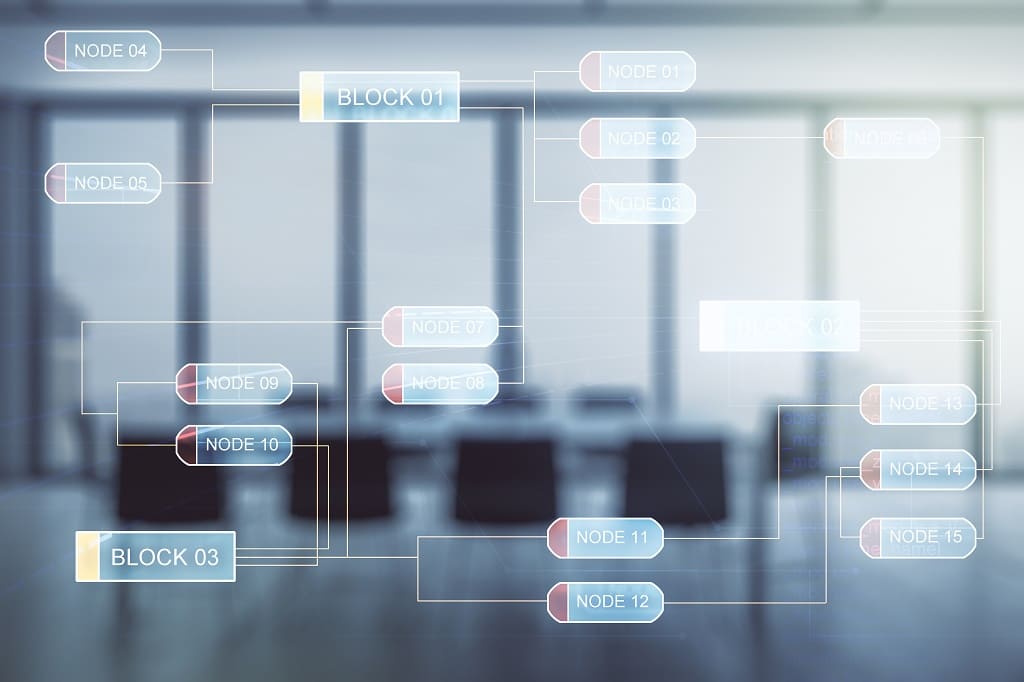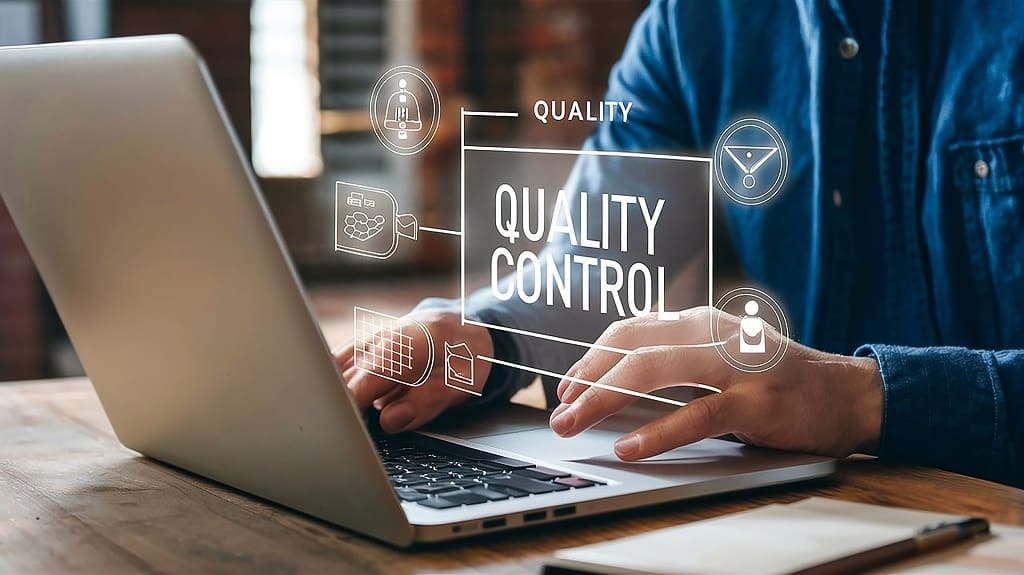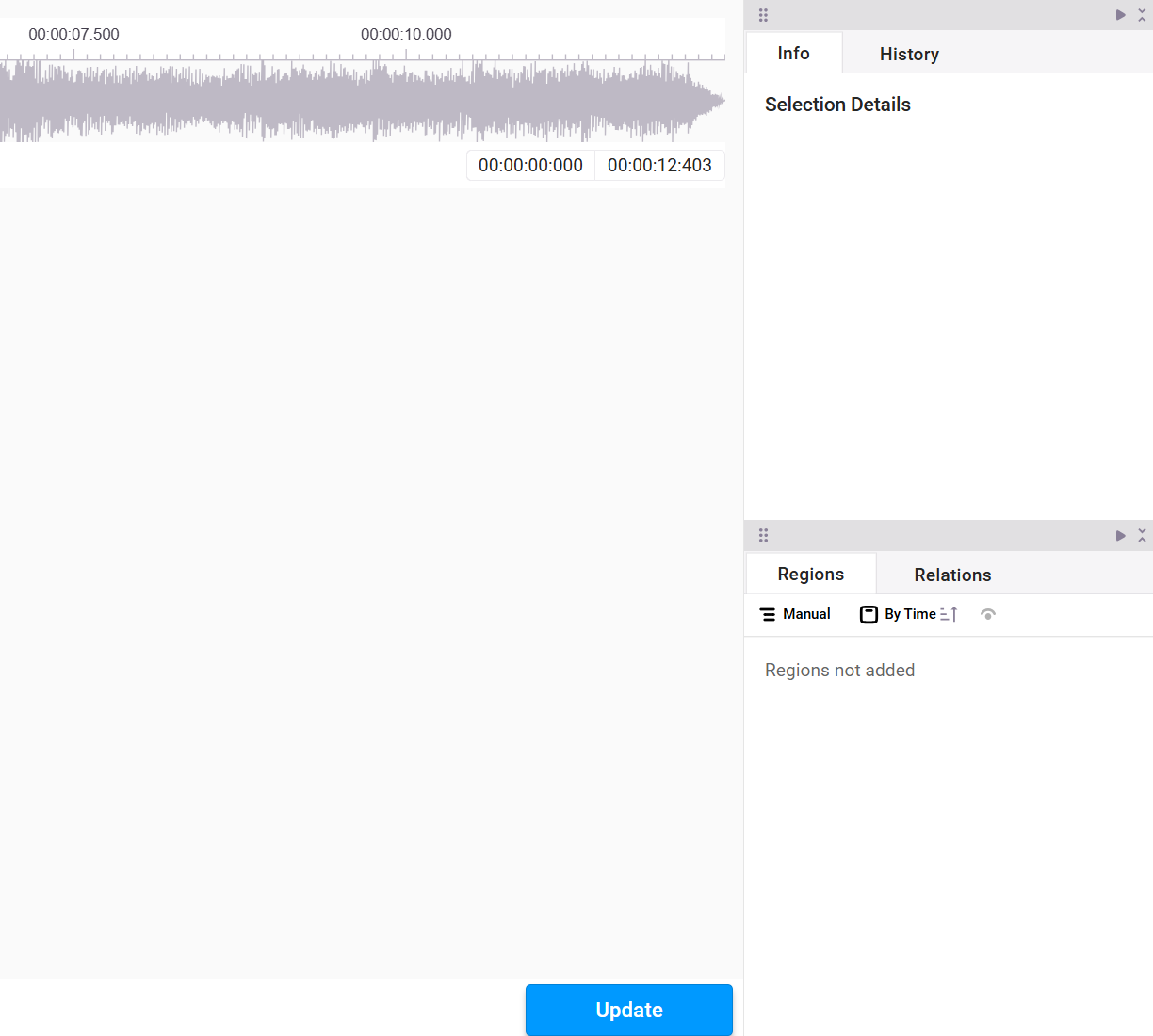Audio Transcription services for ML

Unidata provides a comprehensive suite of services for audio data across over 40 languages, incorporating a range of dialects and accents in various background conditions. Our offerings are designed to deliver high-quality training data that enhances the performance of your neural networks, ensuring the development of robust and effective machine learning models

24/7*
- 6+
- years experience with various projects
- 79%
- Extra growth for your company.
What is Audio Transcription?
Audio transcription is the process of converting spoken language in audio recordings into written text format. This transcription is a crucial step in preparing audio data for use in various applications, such as speech recognition, natural language processing, and audio analysis. By accurately transcribing audio content, organizations can create substantial datasets that enable ML models to learn from spoken language patterns, tones, and nuances.How We Deliver Audio Transcription Services
Types of Audio Transcription Services

Verbatim Transcription
Verbatim transcription captures every word, sound, and verbal cue from an audio file, including filler words (e.g., “um,” “uh”), pauses, and background noises. This type of transcription is often used in legal proceedings, focus groups, and market research where every detail matters.
Clean Read Transcription
Clean read transcription focuses on capturing the meaning of the spoken content without filler words, false starts, or non-verbal sounds. This type is ideal for interviews, lectures, and business meetings where the content needs to be polished and easy to read.
Time-Stamped Transcription
Time-stamped transcription involves adding time markers at regular intervals or whenever a new speaker begins talking. This form is especially useful for video production, research, or legal purposes where the client needs to match audio with specific sections of text.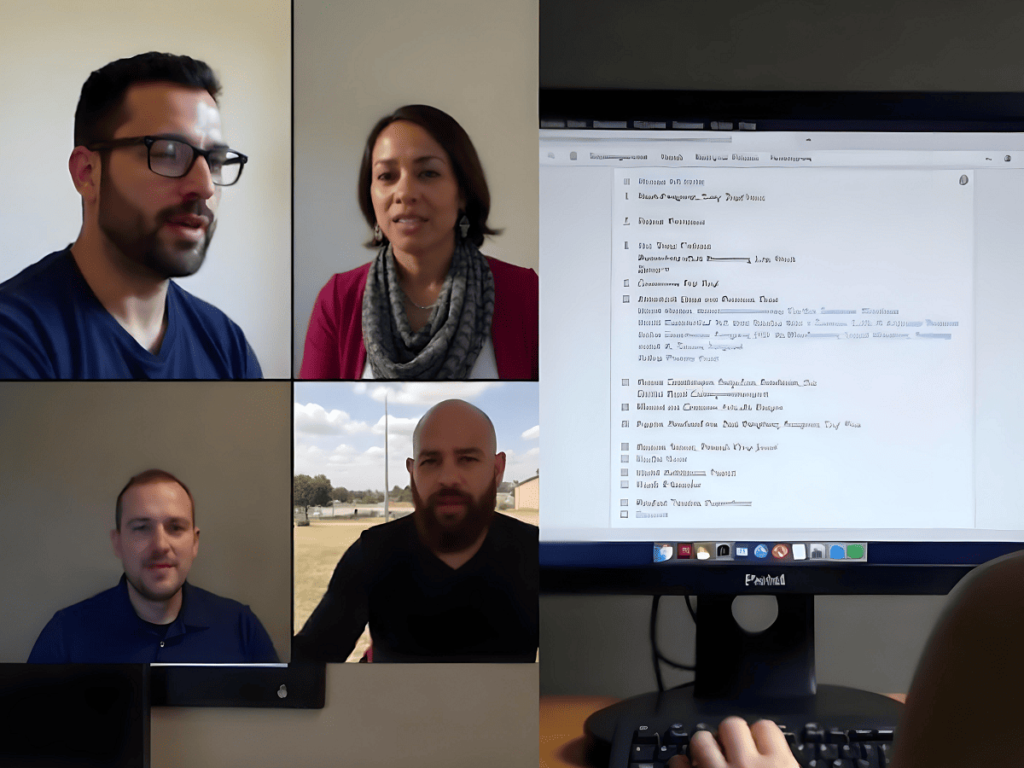
Speaker Identification Transcription
Speaker identification transcription includes labeling each speaker within the transcript. This service is often used for interviews, panel discussions, or multi-speaker events where it’s important to know who said what.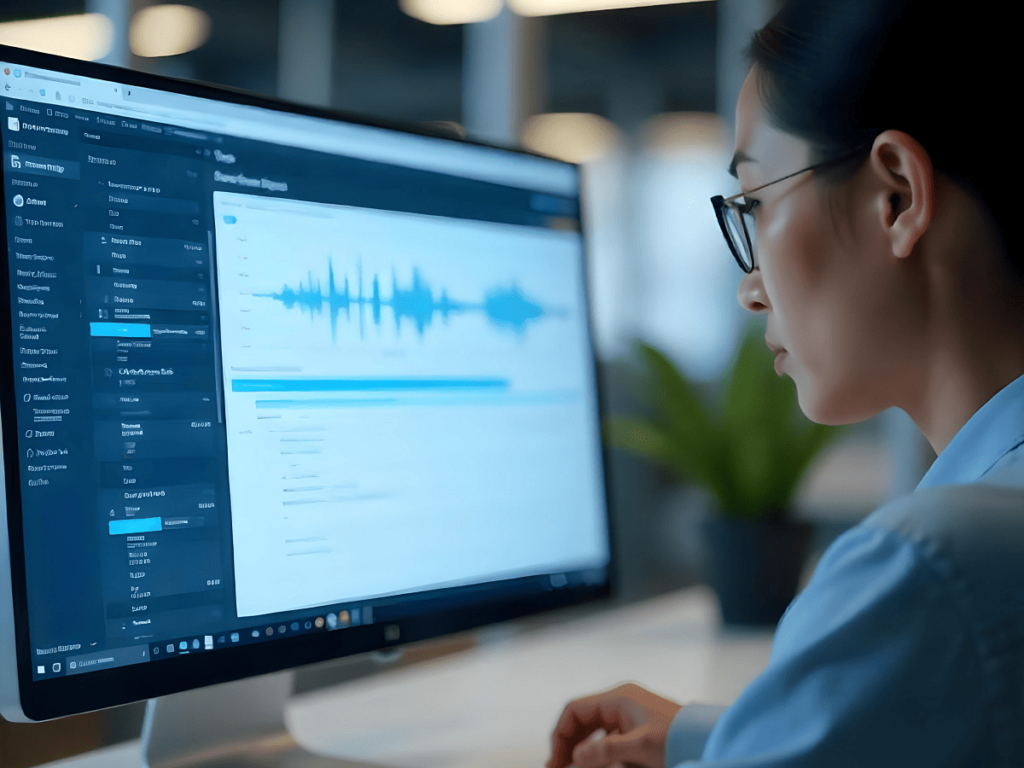
AI-Generated Transcription
AI-generated transcription uses automated tools powered by machine learning to transcribe audio into text. While faster and more cost-effective than manual transcription, it may require human review for accuracy. It’s commonly used for large volumes of data, such as webinars, podcasts, or online content.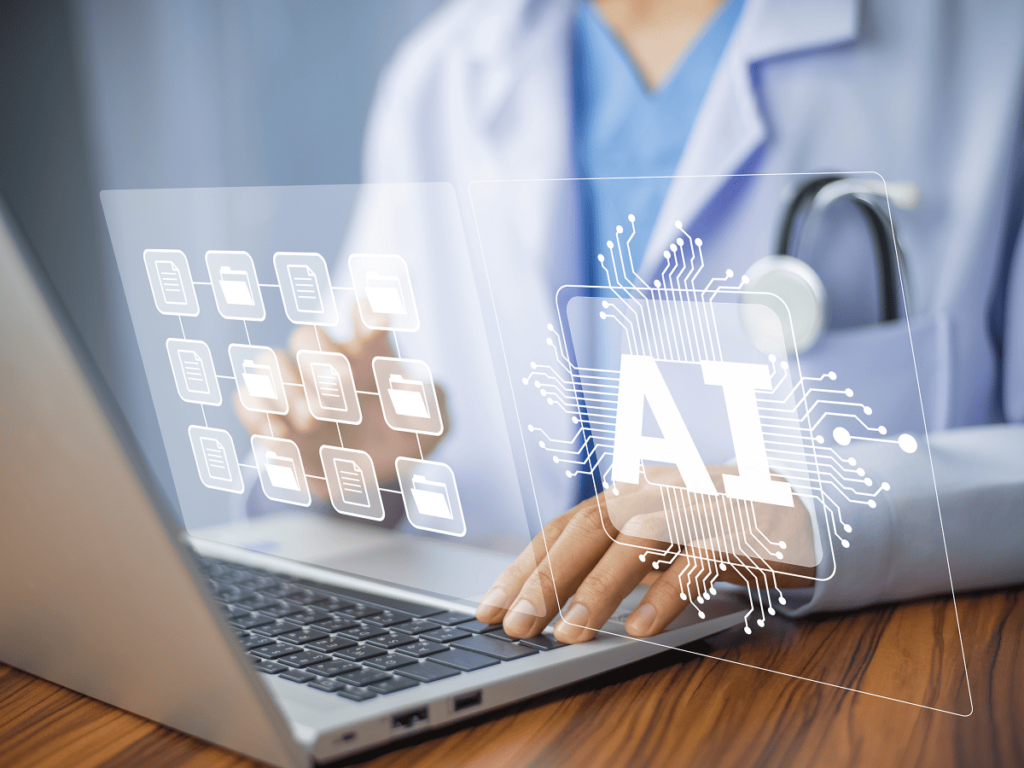
Human-Reviewed Transcription
Human-reviewed transcription is when AI-generated transcripts are reviewed and corrected by human transcribers to improve accuracy. This hybrid service is often used in industries that require precision, such as legal or medical transcription.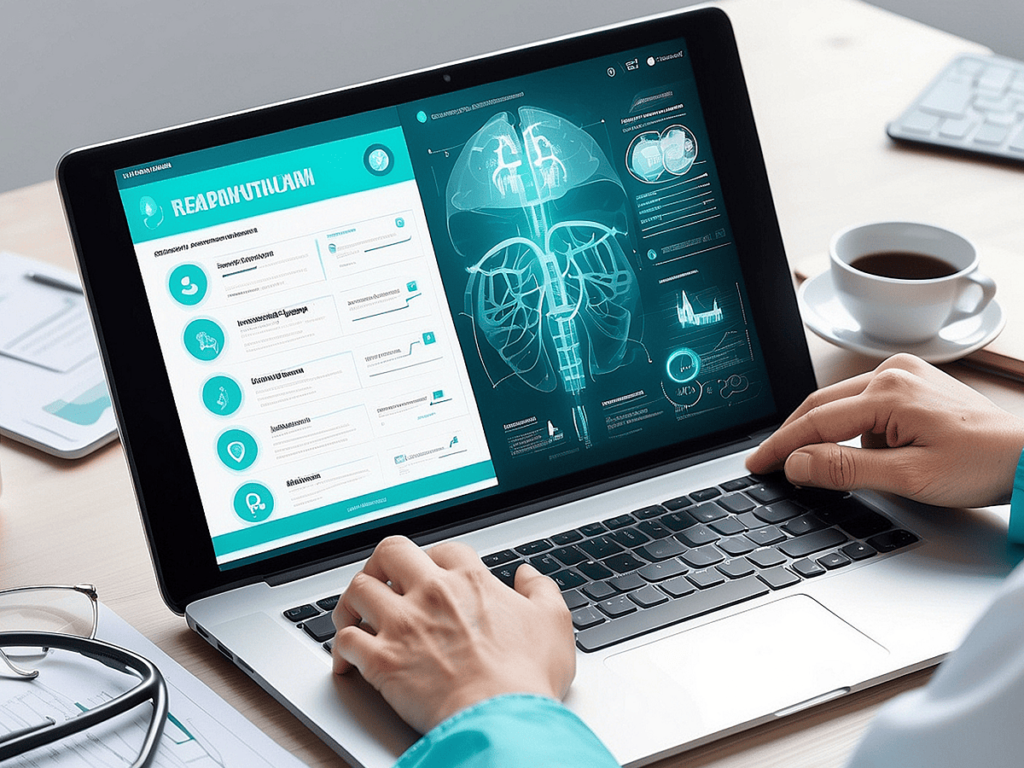
Medical Transcription
Medical transcription involves converting doctors' voice recordings into written medical records. This specialized service requires knowledge of medical terminology and compliance with patient privacy regulations, making it essential for hospitals, clinics, and healthcare providers.
Legal Transcription
Legal transcription involves converting audio recordings from legal proceedings, such as court hearings, depositions, or interrogations, into text. It requires a high level of accuracy and familiarity with legal terminology, making it crucial for legal professionals.
Podcast Transcription
Podcast transcription converts podcast audio into written text. This service helps podcasters provide transcripts for accessibility, SEO, or repurposing content into blogs, social media posts, or articles.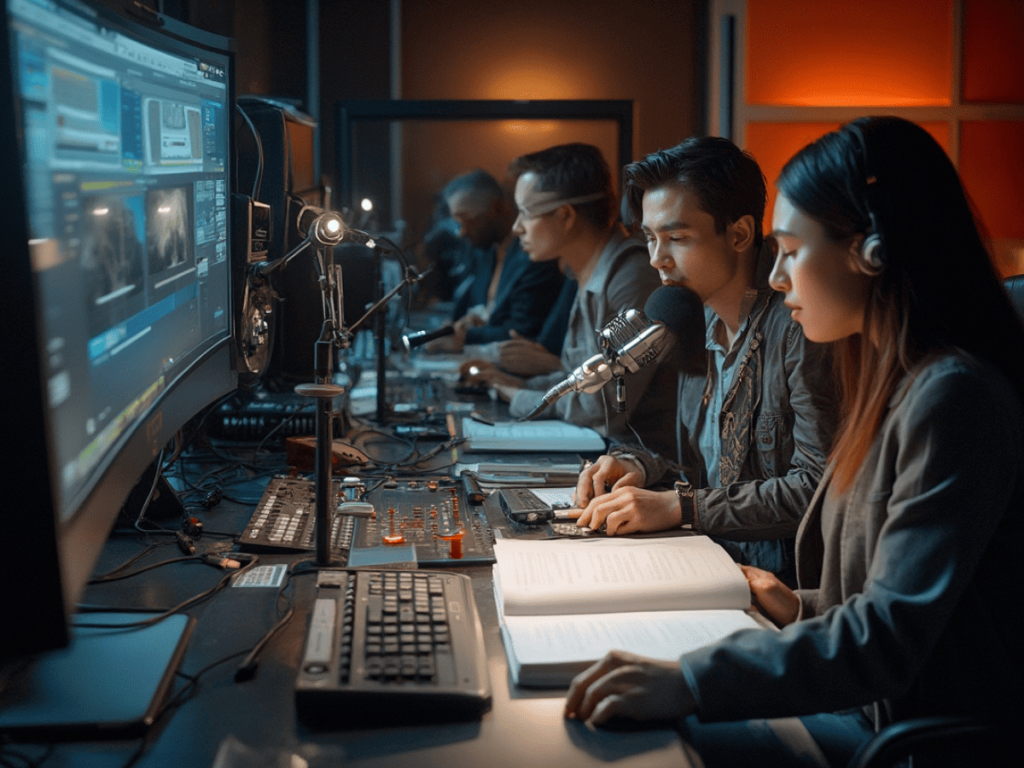
Academic Transcription
Academic transcription is used for lectures, seminars, and research interviews. It helps researchers, students, and academics convert spoken content into text for study, analysis, or publication.
Multilingual Transcription
Multilingual transcription involves transcribing audio in multiple languages. This service is important for international businesses, media organizations, and researchers working across different linguistic groups. It often includes translation services as well.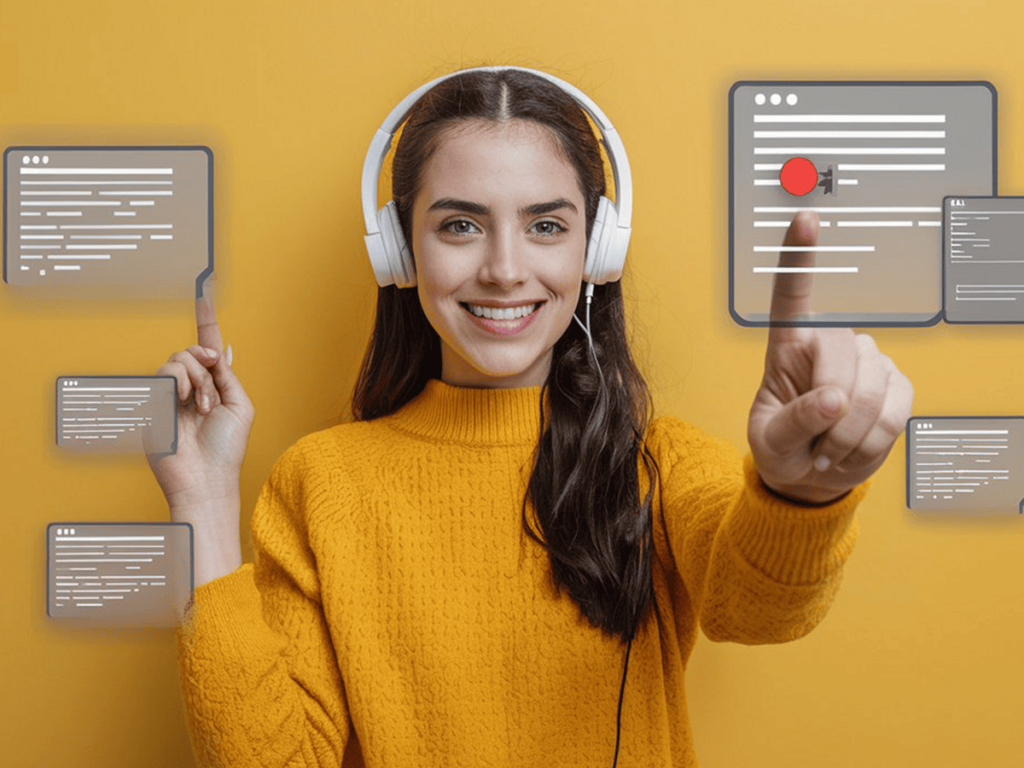
Closed Captioning Transcription
Closed captioning transcription focuses on transcribing audio for use in video subtitles or closed captions. This service is essential for making content accessible to deaf or hard-of-hearing viewers and is used in media production, education, and online content creation.Audio Transcription Use Cases
-
 01
01Finance
In finance, audio transcription is used to transcribe investment meetings, earnings calls, and customer interactions. Thanks to this technology, AI can extract important data like market trends, stock recommendations, and financial insights. Transcribing customer inquiries and complaints allows AI to process information quickly, improving fraud detection and customer service in real time. -
 02
02Entertainment & Media
Transcription is applied to create captions, subtitles, and searchable transcripts for videos, movies, and podcasts. By transcribing spoken content, AI can make media more accessible, enhancing user experience for audiences with hearing impairments. Additionally, transcriptions of interviews or press conferences help improve content indexing and recommendation systems. -
 03
03Real Estate
This technology helps to transcribe property tours, client feedback, and virtual meetings. By converting audio from property discussions into text, AI can assist agents in better understanding client preferences and improving property listings. Transcribing customer calls also helps AI understand specific requirements, enabling more tailored property recommendations. -
 04
04Customer Service & Support
Transcription is crucial for customer service, where it helps convert support calls into text. This allows AI systems to understand customer inquiries, identify issues, and respond quickly. Transcribing conversations also helps improve speech-to-text models and ensures more accurate customer interactions. AI can analyze transcribed data to recognize trends, improve support quality, and enhance the overall customer experience. -
 05
05Healthcare
In healthcare, it is employed for converting doctor-patient conversations, medical dictations, and clinical notes into written text. This helps AI systems analyze medical histories and identify key medical terms for better diagnosis. Transcribing patient interactions allows AI to assist in predicting health outcomes, creating treatment plans, and improving administrative efficiency by automatically processing medical records. -
 06
06Automotive (Autonomous Vehicles)
For autonomous vehicles, audio labeling helps AI systems understand voice commands from passengers and environmental sounds. It transcribes in-vehicle conversations, thus AI can improve its interaction with passengers and respond to their requests. Transcribing audio from external sources like sirens, honking, and traffic reports also enhances the vehicle’s ability to detect potential hazards and react to road conditions. -
 07
07Retail & E-commerce
Audio transcription helps improve customer service by converting audio from customer calls, reviews, or feedback into text. This allows AI to analyze customer sentiment and identify recurring issues or preferences. Transcribing customer inquiries also enables AI to provide more accurate responses and personalized product recommendations, enhancing the shopping experience on e-commerce platforms. -
 08
08Agriculture
In agriculture, this service is leveraged to convert audio recordings from farm operations into written text for easier analysis. By transcribing data from machinery, weather reports, or field observations, AI can identify patterns, monitor crop conditions, and detect equipment malfunctions. Transcribing animal-related sounds, such as distress calls, also helps farmers monitor livestock health and behavior.
How It Works: Our Process
A Clear, Controlled Workflow From Brief to Delivery
Audio Transcription Cases
Why Companies Trust Unidata’s Services for ML/AI
Share your project requirements, we handle the rest. Every service is tailored, executed, and compliance-ready, so you can focus on strategy and growth, not operations.
What our clients are saying

UniData


Other Services
Ready to get started?
Tell us what you need — we’ll reply within 24h with a free estimate

- Andrew
- Head of Client Success
— I'll guide you through every step, from your first
message to full project delivery
Thank you for your
message
We use cookies to enhance your experience, personalize content, ads, and analyze traffic. By clicking 'Accept All', you agree to our Cookie Policy.


